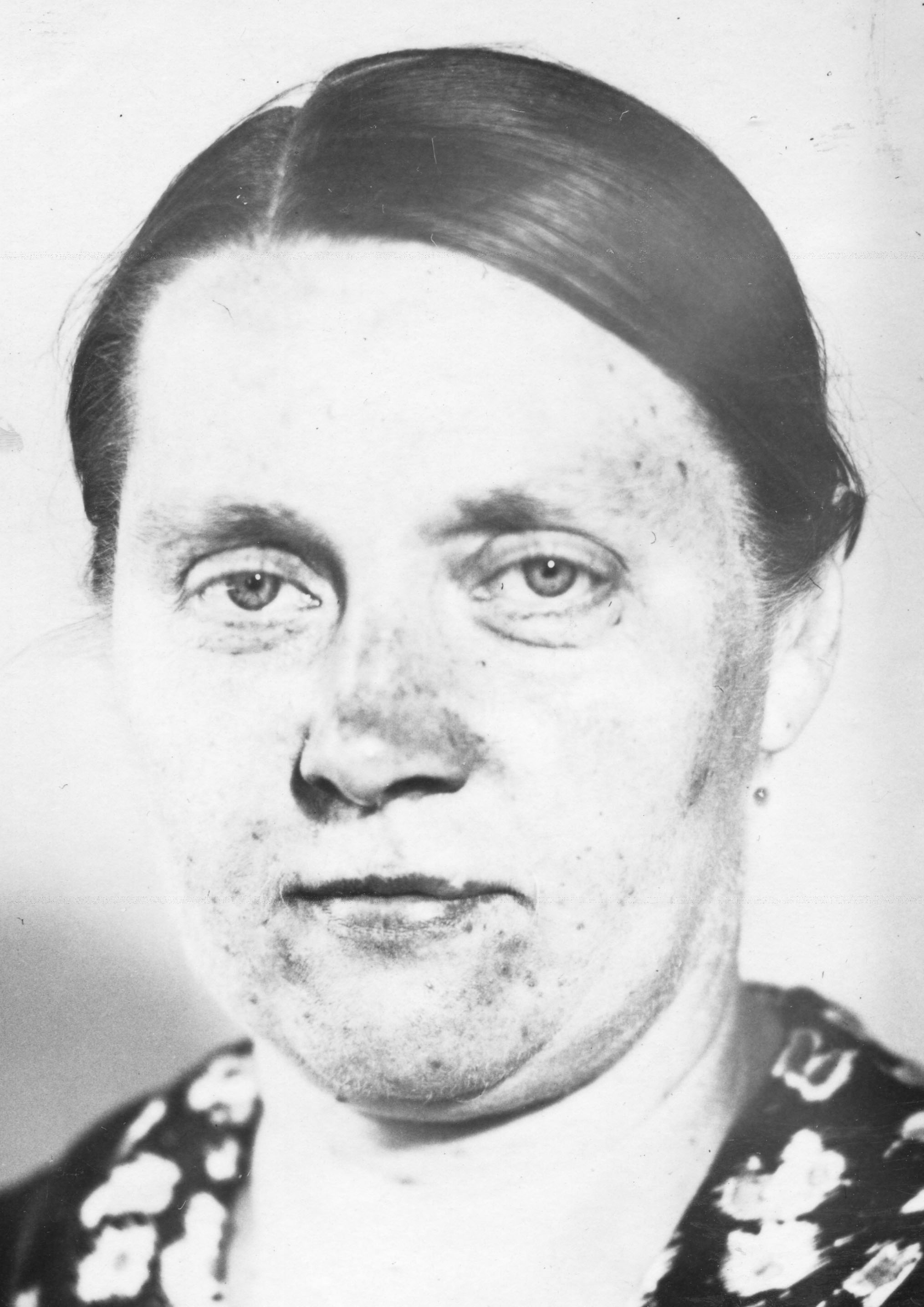Search for Names, Places and Biographies
Already layed Stumbling Stones
Suche
Helene Jakobsen * 1893
Maretstraße 17 (Harburg, Harburg)
HIER WOHNTE
HELENE JAKOBSEN
JG. 1893
EINGEWIESEN 1937
ALSTERDORFER ANSTALTEN
1943 "VERLEGT"
HEILANSTALT
AM STEINHOF / WIEN
ERMORDET 17.7.1944
Helene Jakobsen, born on 22 Feb. 1893 in Harburg, committed to the Alsterdorf Asylum (Alsterdorfer Anstalten), relocated to the "Heilanstalt Am Steinhof” ("Am Steinhof Sanatorium and Nursing Home”), murdered there on 17 July 1944
Harburg-Altstadt district, Maretstrasse 17
Helene Jakobsen was the third child of her parents Peter (born on 15 Sept. 1853) and Magdalene Jakobsen, née Lehmkuhl (born on 7 Dec. 1862). After finishing school, she completed an apprenticeship as a tailor. However, she was able to work in this trade only for a brief period, as she suffered from epileptic seizures since age 16.
Whereas during the 1920s, the young native of Harburg was afflicted by epileptic seizures only at longer intervals, after the sudden death of her severely war-disabled brother Paul on 13 Oct. 1931, the seizures occurred more frequently and more intensely. The drugs the attending physicians used proved effective only for short periods. The negative psychological effects were so great that Helene Jakobsen had to be admitted to the "Heil- und Pflegeanstalt Lüneburg,” a "sanatorium and nursing home,” on 21 Nov. 1931. There, her condition "improved” slowly. After ten months, the doctors believed they could discharge her to the "Pflegeheim Huckfeld,” a "nursing home” near Emmelndorf in the Harburg administrative district. However, after compulsory sterilization and another gynecological operation, the old symptoms reoccurred. The epileptic seizures became more frequent again, and it was impossible to overlook the indicators of mental confusion.
On 31 Aug. 1935, Helene Jakobsen was relocated a second time to the "Heil- und Pflegeanstalt Lüneburg.” After a stroke, the epileptic convulsions and the phases of psychological disorder increased again. One and a half years later, the patient was committed for further treatment and care to what was then the Alsterdorf Asylum (Alsterdorfer Anstalten). The entries in her patient file convey a fluctuating image of her subsequent development. On some days, she was described as orderly and friendly, a woman showing "interest in her surroundings” and "delighting in nature;” on other days, the caregivers would fasten her to the bed because she wandered about the dormitory "rambling” and throwing things.
In his expert’s report for the Hamburg social administration, the managing senior physician Gerhard Kreyenberg observed in Nov. 1938: "In terms of personal hygiene, she [Helene Jakobsen] is independent. She is kept busy with instructions, is industrious, and orderly. In her spare time, she is easy to manage. Frequently, she is in a semiconscious state lasting for extended periods, in which she needs strictest supervision. Further institutionalization is required.”
On the last large-scale transport of 228 women and girls from the then Alsterdorf Asylum, Helene Jakobsen arrived at the "State and Nursing Institution for Mentally Ill and Neuropathic Patients on Steinhof” ("Landes- und Pflegeanstalt für Geistes- und Nervenkranke am Steinhof”) in Vienna on 16 Aug. 1943.
The physicians in Vienna made negative diagnoses for her throughout. Even the first entry of her patient file read: "Patient … [after] a typical epileptic seizure … completely bewildered, easily irritated … and very coarse. She answers questions slowly and awkwardly after extended latency, proving to be seriously demented.”
At "Steinhof,” death ruled supreme. Of the Alsterdorf patients, 196 were no longer alive by the end of 1945. The dying took place systematically: by overdosing medication, non-treatment of diseases, and food deprivation. Helene Jakobsen’s life ended on 17 July 1944.
Translator: Erwin Fink
Kindly supported by the Hermann Reemtsma Stiftung, Hamburg.
Stand: October 2016
© Klaus Möller
Quellen: Gedenkbuch der Evangelischen Stiftung Alsterdorf; Archiv der Evangelischen Stiftung Alsterdorf, Krankenakte Helene Jakobsens (V192); Wunder u. a., Kein Halten., 2. Auflage.


